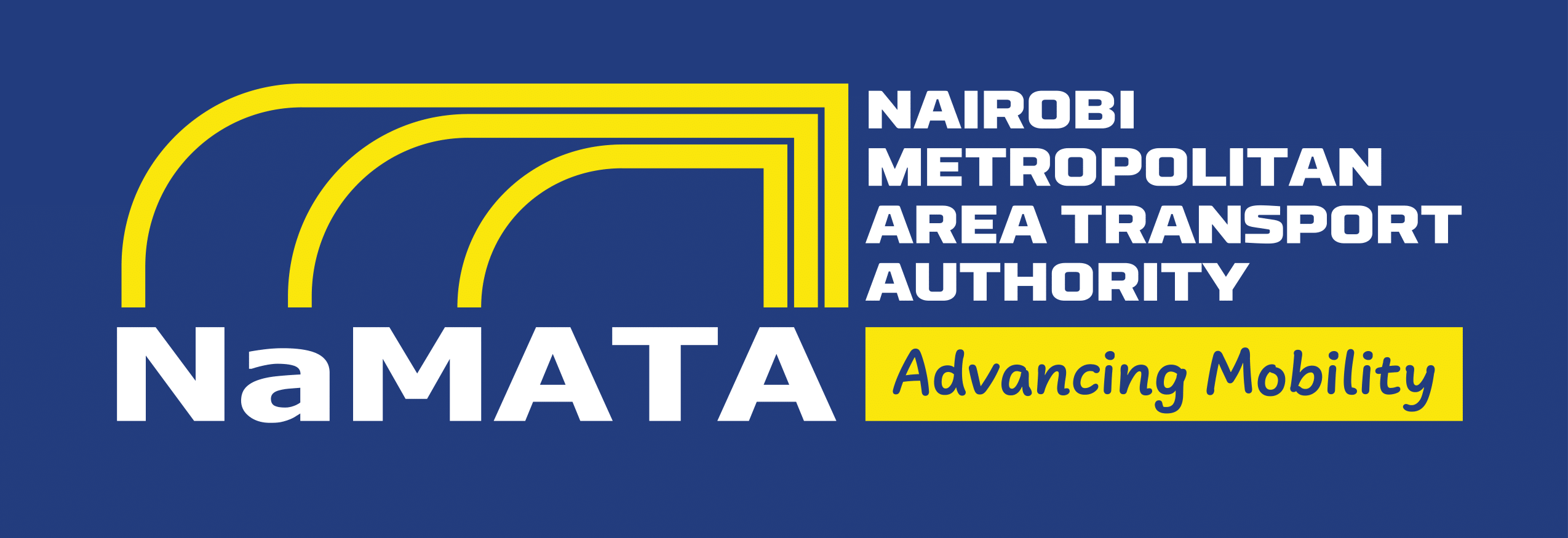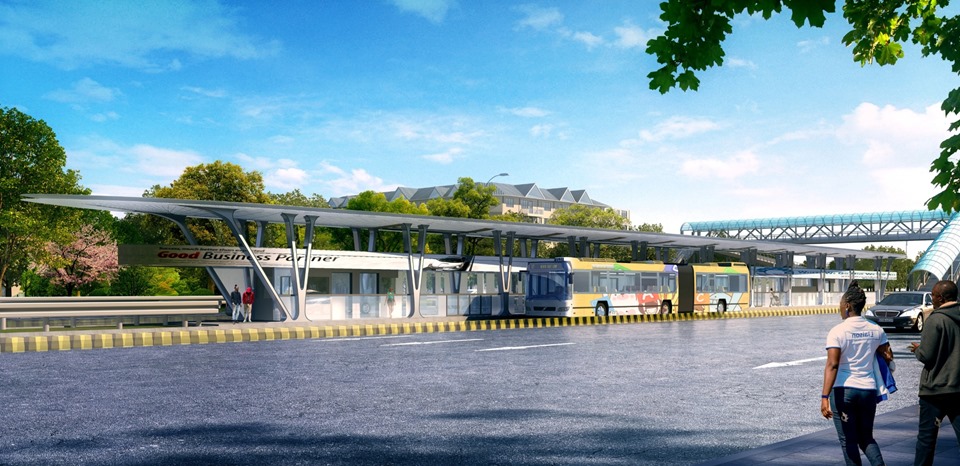The Nairobi Urban Mobility Improvements (NUMI) project is a transformative initiative poised to redefine public transport in Kenya’s capital and its metropolis. By integrating Bus Rapid Transit (BRT) systems, strategic partnerships, and climate-forward solutions, Nairobi is charting a new path for urban mobility.
At the heart of NUMI is BRT Line 4, a vital corridor designed to link Nairobi’s east and west, seamlessly connecting residential neighborhoods to economic hubs. Supported by the African Development Bank (AfDB) and spearheaded by NaMATA, this project is not just a response to the city’s traffic woes but a visionary leap toward sustainability and efficiency.
Key Updates from the NaMATA-AfDB Meeting
During a pivotal meeting at Prism Towers, hosted by NaMATA and chaired by Director General Engineer Francis Gitau on 28th January 2025, critical updates on the NUMI project were discussed. The African Development Bank (AfDB) team, led by Mr. Mike Salawou, Director of the Infrastructure and Urban Development Department, highlighted the collaborative efforts to advance Nairobi’s transport infrastructure. Key outcomes included:
- Progress on integrated and intermodal transport solutions within the Nairobi Metropolitan Area (NMA), including commuter rail and public transport alignment.
- Public-Private Partnership (PPP) investments to operationalize BRT systems.
- Guidelines are needed to ensure compliance with climate action priorities under the AfDB’s Climate Action Window, which focuses on adaptation, mitigation, and technical assistance.
These discussions reaffirmed the commitment of both parties to expedite the NUMI project’s implementation and align it with global best practices in sustainable urban mobility.
A Modern Transport System for Nairobi
BRT Line 4 represents a cornerstone of NUMI’s vision, with its East Corridor spanning from Mama Lucy (Kayole Spine Road) through Jogoo Road and Landies Road to the Central Business District (CBD). Meanwhile, the West Corridor extends from the CBD through Kenyatta Avenue and Valley Road, continuing via Gitanga and Kikuyu roads to Gitaru. Together, these corridors promise to alleviate congestion, reduce travel times, and provide a reliable alternative to private car use.
To ensure success, NUMI is investing in capacity building and institutional strengthening. This includes:
- Developing frameworks for Bus Operating Companies (BoCs).
- Training key agencies like NaMATA and KURA.
- Enhancing the National Police’s traffic management capabilities.
Supporting Climate Action
NUMI fully complies with guidelines to support climate action objectives. This includes:
- Reducing greenhouse gas emissions through efficient transport planning.
- Enhancing air quality by promoting sustainable urban mobility.
- Incorporating resilience to climate risks in infrastructure designs, such as stormwater drainage systems.
By adhering to these principles, NUMI aligns with Kenya’s Nationally Determined Contributions (NDCs) and reinforces Nairobi’s role as a champion of sustainable urban development in Africa.
Collaboration and Innovation
NUMI’s success relies on a collaborative approach. Under the leadership of the Ministry of Roads and Transport, NaMATA is working with key stakeholders, including KURA, the National Lands Commission, and development partners like AfDB. Strategic Public-Private Partnerships (PPPs) are also being pursued to ensure sustainable funding and operational excellence.
Looking Ahead
The NUMI project is more than an infrastructure upgrade; it is a bold statement of the city’s commitment to innovation, sustainability, and quality of life for its residents. With its BRT system and forward-thinking policies, the Nairobi Metropolitan Area is setting the stage for a new era of urban mobility where efficiency meets sustainability and where every commuter can envision a better tomorrow.

